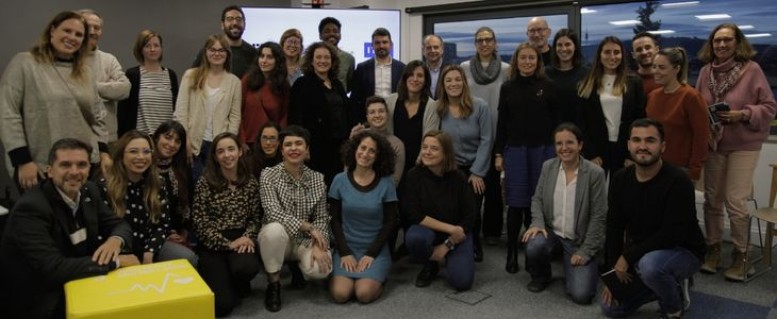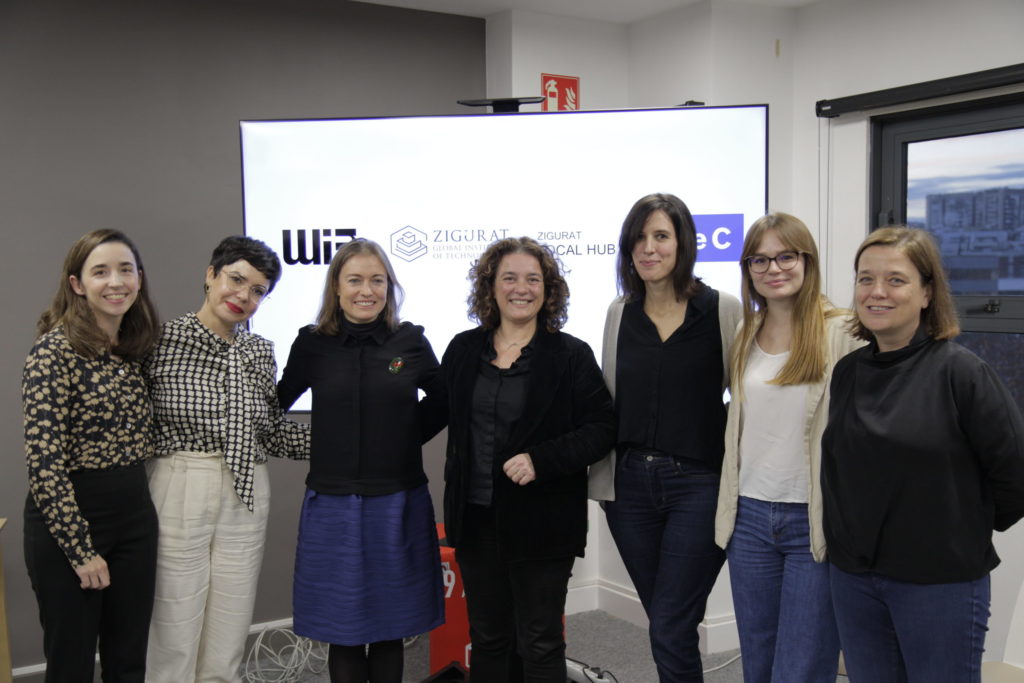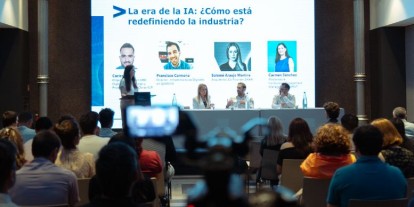
Women in BIM and Zigurat organise a panel discussion regarding inclusion in the construction industry
Categories

The Zigurat offices in Barcelona have hosted the closing event of the tenth anniversary of Women in BIM, an international organisation that promotes gender equality in the construction industry.
Despite the progress made in recent years, the construction sector is still one of the most male-dominated in the world: only 9.6% of professionals are women, according to data from the Fundación Laboral de la Construcción.
In this context, global associations such as Women in BIM (WIB) are essential. WIB has been a pioneering association promoting gender equality and diversity in the construction sector since its foundation. In 2022, Women in BIM celebrated its tenth anniversary with various events worldwide, from Los Angeles to Melbourne, London and Lisbon.
Finally, the offices of Zigurat Institute of Technology in Barcelona have been the chosen venue to host the last celebration event. At this meeting, sponsored by Zigurat and ITeC, renowned experts from the engineering, architecture and technology sector and members of Women in BIM explored the current state of gender equality and the evolution of inclusion in the industry.
These professionals were Olga Mèliz, director of the AMB BIM Office; Maria Duran, architect at the AMB BIM Office; Ioanna Alsausa, co-founder of SIMBIM and professor at Zigurat; Marta Frączak, BIM specialist at Bryden Wood and professor at Zigurat and Maria Mestres, partner and project manager at Mestres Wage SLP. The regional leaders of Women in BIM presented the event: Elena Pla, Head of BIM development at ITeC and Monalisa Martins, Institutional Engagement Manager at Zigurat.
Being a woman in construction
 Ioanna Alsausa, Monalisa Martins, Elena Pla, Olga Mèliz, Maria Duran, Marta Frączak and Maria Mestres.
Ioanna Alsausa, Monalisa Martins, Elena Pla, Olga Mèliz, Maria Duran, Marta Frączak and Maria Mestres.
During the panel discussion, the experts provided some critical data. As Maria Duran explained, "the number of architecture students tends to be equal, but in the rest of the careers in the construction sector, female students represent only 27%.
If we remove architecture from the equation, the average drops to 16%". The figures are even more problematic if we focus on technology and computer science, where "only 3% of students are women", emphasised Marta Frączak.
These percentages are maintained and even improve in the critical mass of the labour market. Even so, the number of women decreases as one moves up the career ladder, especially in management positions.
In conclusion, the speakers see a double problem: a lack of women and visibility. In Duran's opinion, "we don't find women because there is a lack of role models, visible women in this sector who are an example for future generations". Maria Mestres, on the other hand, concluded by pointing out that "women do exist in the sector; what is lacking is to make them visible".


